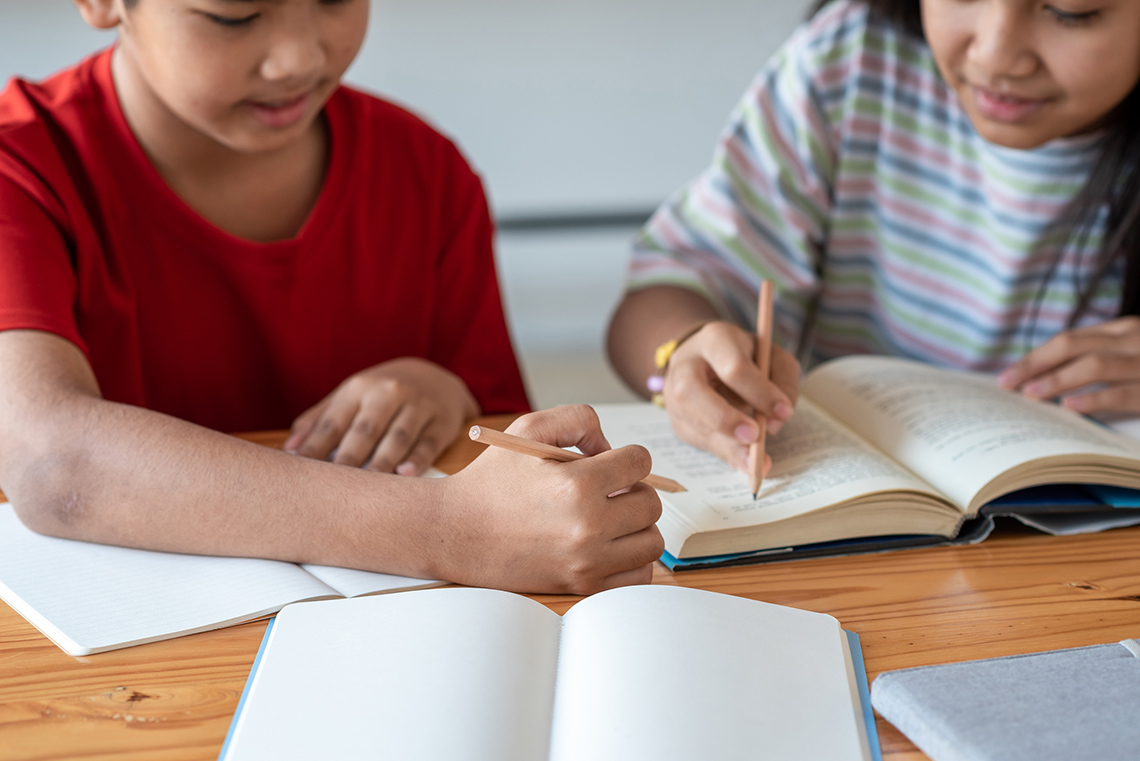Minds On
Let’s explore the following video
Explore the following video entitled TVOK News: “Honey Bees Part 2.” It is about a mall in Richmond Hill, Ontario that has installed several beehives on its rooftop! As you explore, consider:
- What does this oral text remind me of in my life?
- How does this oral text remind me of another text I’ve read and/or listened to?
- How does this oral text relate to the world around me?
Use a method of your choice to record your ideas. Then, if possible, discuss your ideas with a partner. Be prepared to share.
Action
Three ways to connect
You just practiced making text connections! What are text connections and why do we make them?
Making text connections is a comprehension strategy that we can use. This strategy helps us reflect on an oral text before, during, and after we explore it. When we take the time to reflect and notice, this allows us to think about the information that is being communicated.

There are three ways through which we can make connections. These different ways bridge together two different situations and/or texts. The three ways are:
- Text-to-Self: How does this oral text relate to your life, ideas, and experiences? This reminds me of something in my own life.
- Text-to-Text: How does this oral text relate to another text? This reminds me of something in another text.
- Text-to-World: How does this oral text relate to the real world? This can relate to an event in the past, present or future. This reminds me of something that has happened or is currently happening in the world.
Honeybees and text connections

Let’s return to the video from the Minds On section and practice making text connections.
Making deep connections
Text-to-Self: How does this oral text relate to your life, ideas, and experiences?
- How does this relate to my life?
- How is it similar to or different from my life?
Text-to-Text: How does this oral text relate to another text?
- How is this text similar to or different from other things I’ve accessed previously?
- What does this remind me of in another text I’ve previously accessed?
Text-to-World: How does this oral text relate to the real world? This can relate to an event in the past, present or future.
- How does this text relate to the world around me?
- How is this text similar to or different from things that happen in the real world?

When we make text connections, it’s important to make deep and relevant connections. How do we do this?
One way is to draw on evidence in the text to support the connection that we are trying to make. You can also ask yourself, “How does this connection help me better understand this text?”
Here are two different examples of a text-to-self connection. Can you tell the difference?
- An example of a surface connection:
The beehives on the Hillcrest Mall rooftop remind me of the time I visited a honeybee farm.
- An example of a deep connection:
The beehives on the Hillcrest mall rooftop remind me of the ones I learned about at a local honeybee farm nearby. Human-made nests are not the same as the natural tree nests that some honeybees build, but they do have a few features in common. For example, they both have hexagonal cells that store honey.
The wonder of biodiversity
Use the following episode of ScienceXplosion to make text connections. Alternatively, you can select an oral text of your choice. In this episode, Eric uses a hula-hoop to mark out an area in the grass and explore nature and the variety of living things all around us.
Making text connections
Record your connections in the Making Text Connections Template in your notebook or using the following fillable activity document. You can also consider recording your thoughts using a method of your choice. Try to make all three types of text connections! As you connect, consider, is there a connection that you think could use more detail? Will you use your background knowledge or the Internet to find more information?
Press ‘Activity’to access the Making Text Connections Template.
Consolidation
Share and reflect on your connections
Student Success
Think-Pair-Share

If possible, share your text connections with a partner. Then, use the following questions to reflect on your learning. You can record your responses using a method of your choice.
- How do the connections you made deepen your understanding of the text you selected?
- Which of the three text connections was easiest to make? Which one was the most challenging? Explain your thoughts.
- Is it possible to connect to a topic that you don’t know very much about yet? Explain your thoughts.
Note to teachers: See your teacher guide for collaboration tools, ideas and suggestions.
Reflection
As you read through these descriptions, which sentence best describes how you are feeling about your understanding of this learning activity? Press the button that is beside this sentence.
I feel…
Now, record your ideas using a voice recorder, speech-to-text, or writing tool.